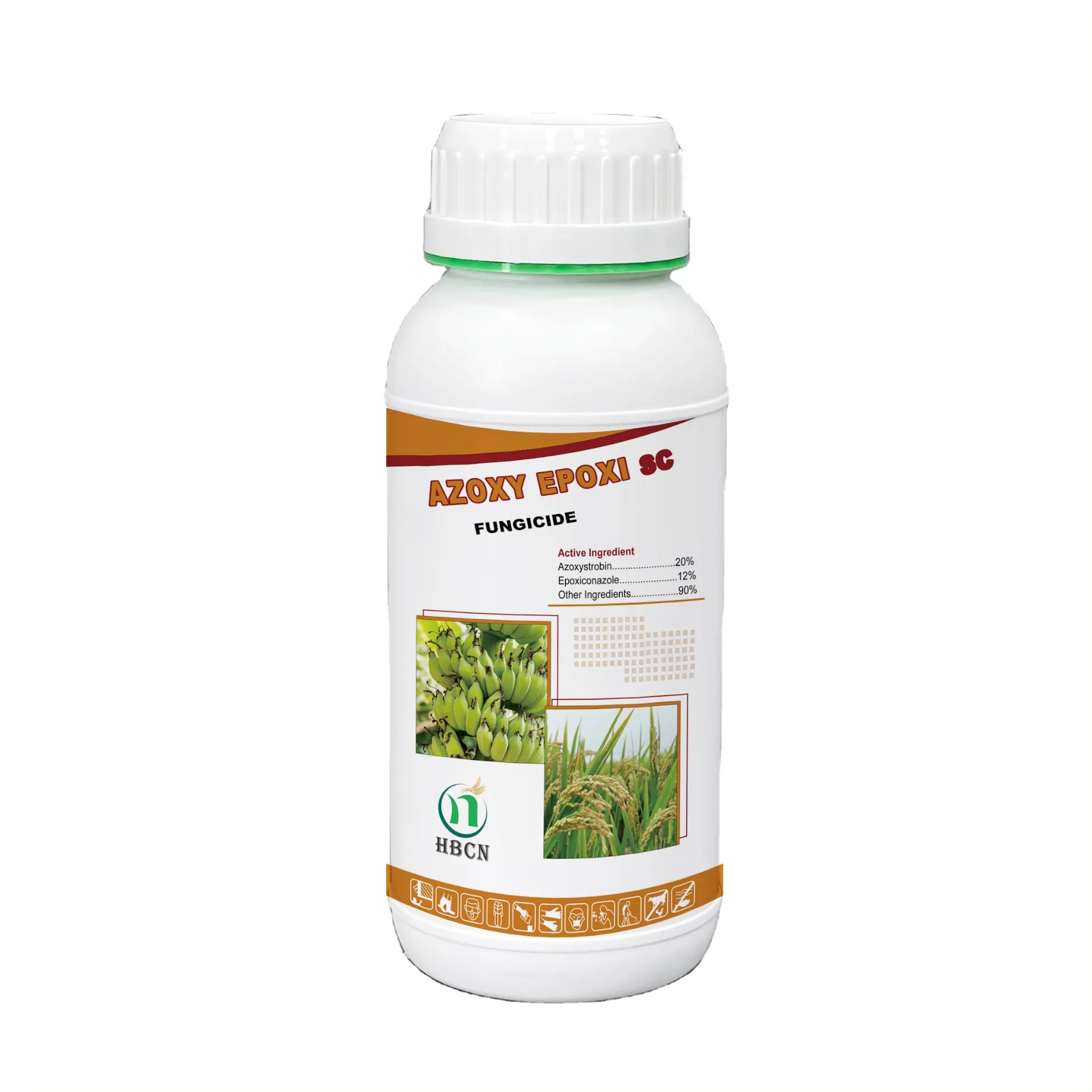
Nov . 15, 2024 23:05 Back to list
azoxystrobin difenoconazole products
Understanding Azoxystrobin and Difenoconazole Effective Solutions for Crop Protection
In the field of agriculture, the quest for effective crop protection solutions is ongoing. Two prominent fungicides that have gained considerable attention are Azoxystrobin and Difenoconazole. These compounds are known for their efficacy against a broad spectrum of fungal diseases, making them invaluable tools for farmers seeking to maximize yield and maintain plant health.
Azoxystrobin A Versatile Fungicide
Azoxystrobin belongs to the strobilurin class of fungicides and operates by inhibiting mitochondrial respiration in fungi. This mode of action disrupts the energy production necessary for fungal growth and proliferation. Azoxystrobin is particularly effective against a variety of pathogens, including those that cause powdery mildew, rusts, and leaf spots. Its systemic properties allow it to be absorbed by the plant and translocated within its tissues, offering protection not only to treated areas but also to new growth.
One of the key advantages of Azoxystrobin is its ability to provide both preventive and curative activity. When applied before the onset of disease symptoms, it effectively reduces the likelihood of infection. If applied post-infection, it can halt the spread of the disease, safeguarding crop health. Furthermore, Azoxystrobin’s residual activity gives it a lasting effectiveness, allowing for longer periods of control and reducing the frequency of applications needed.
Difenoconazole Targeted Control
Difenoconazole, on the other hand, belongs to the triazole family of fungicides. It functions by inhibiting ergosterol biosynthesis, an essential component of fungal cell membranes. This leads to cell membrane disruption and ultimately fungal cell death. Difenoconazole is particularly effective against a range of diseases affecting crops such as cereals, fruits, and vegetables.
One of the standout features of Difenoconazole is its targeted action against diseases such as leaf blotch, powdery mildew, and certain soil-borne pathogens. Its choice of mode of action makes it particularly useful in integrated pest management (IPM) strategies, where it can be combined with other fungicides to enhance efficacy and reduce the risk of resistance development.
azoxystrobin difenoconazole products

Combining Forces Synergistic Benefits
While both Azoxystrobin and Difenoconazole are effective on their own, the combination of these two fungicides can create a synergistic effect that enhances disease control. Farmers often utilize tank mixes of these products to take advantage of their complementary modes of action. By doing so, they can effectively manage challenging diseases and prolong the effectiveness of both fungicides through reduced selection pressure on pathogens.
Furthermore, the use of such combinations can help in managing resistant strains of fungi, a significant concern in modern agriculture. By rotating or mixing fungicides with different modes of action, farmers can decrease the likelihood of resistance development, ensuring sustainable and effective disease control for the future.
Application Best Practices
To maximize the benefits of Azoxystrobin and Difenoconazole, adherence to recommended application practices is essential. Timing, environmental conditions, and correct dosages play crucial roles in the success of these fungicides. Farmers should monitor weather conditions and disease risk levels to determine the optimal times for application. Additionally, following label guidelines for dosages ensures that crops receive the right amount of product without contributing to environmental issues such as runoff or resistance development.
Conclusion A Bright Future for Crop Protection
Azoxystrobin and Difenoconazole represent two of the most effective tools available for crop protection against fungal diseases. Their distinct modes of action, combined with the potential for synergistic application, make them invaluable in today’s agricultural landscape. As the challenges posed by fungal pathogens continue to evolve, the strategic use of these fungicides will remain crucial in securing healthy crops and sustainable agricultural practices. The collaboration between biotechnology and responsible farming will pave the way for continued advancement in crop protection solutions, ensuring that farmers can meet the global demand for food while minimizing environmental impact.
-
Advanced Insecticide: BT, PI, Ant & 505 Pest Solutions
NewsAug.28,2025
-
Best Abamectin 95%: Superior Pest Control & High Purity
NewsAug.27,2025
-
Famoxadone Fungicide: Prevent & Cure Plant Diseases Effectively
NewsAug.26,2025
-
Topramezone Herbicide: Selective & Powerful Weed Control for Corn
NewsAug.24,2025
-
Powerful Fungicide for Optimal Crop Health & Yield Protection
NewsAug.23,2025
-
Azoxystrobin Fungicide: Advanced Crop Protection Solutions
NewsAug.22,2025
